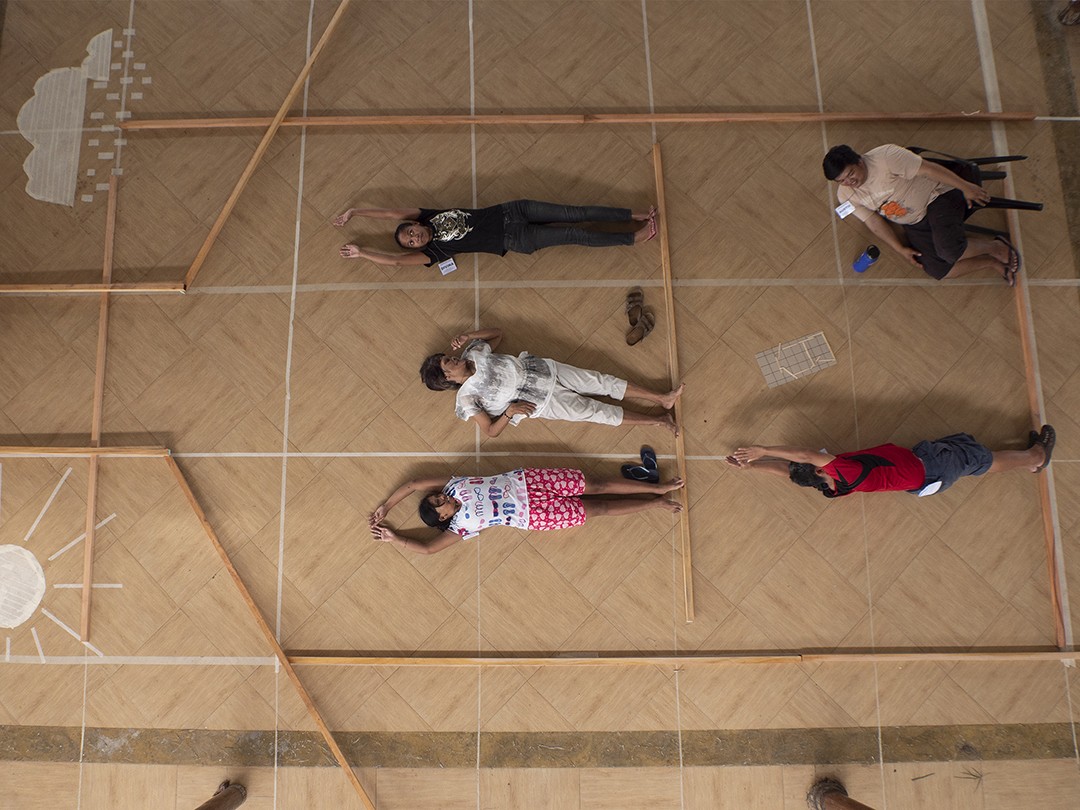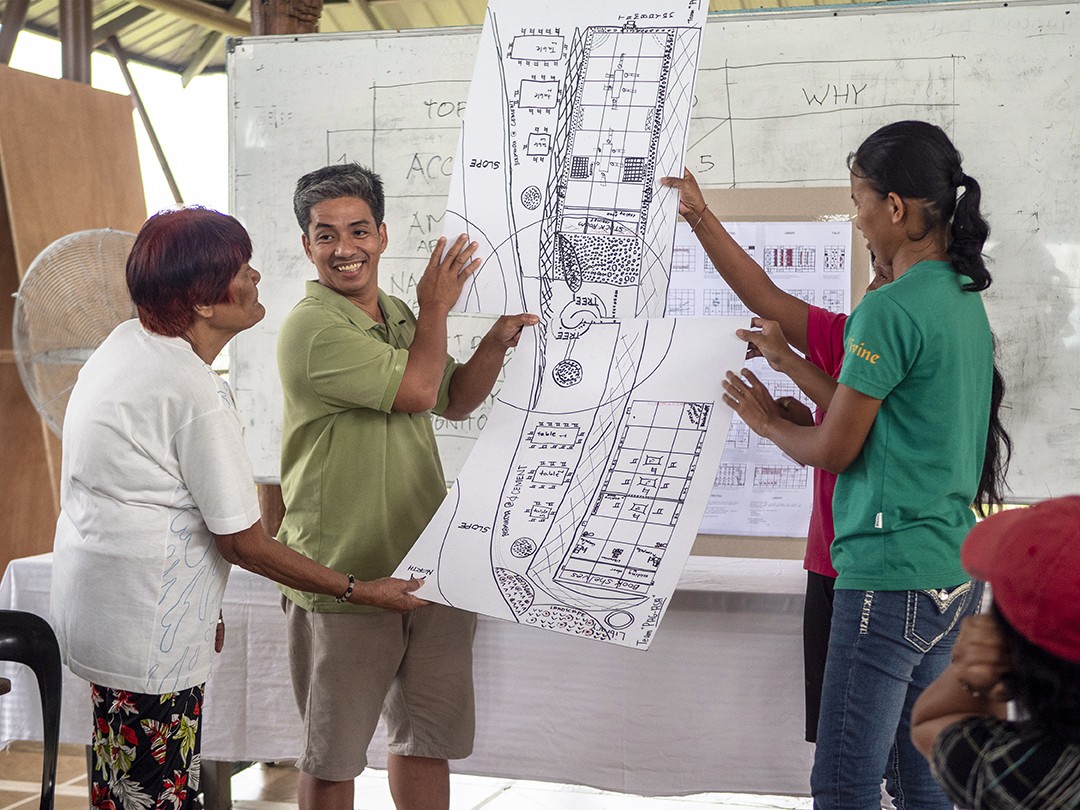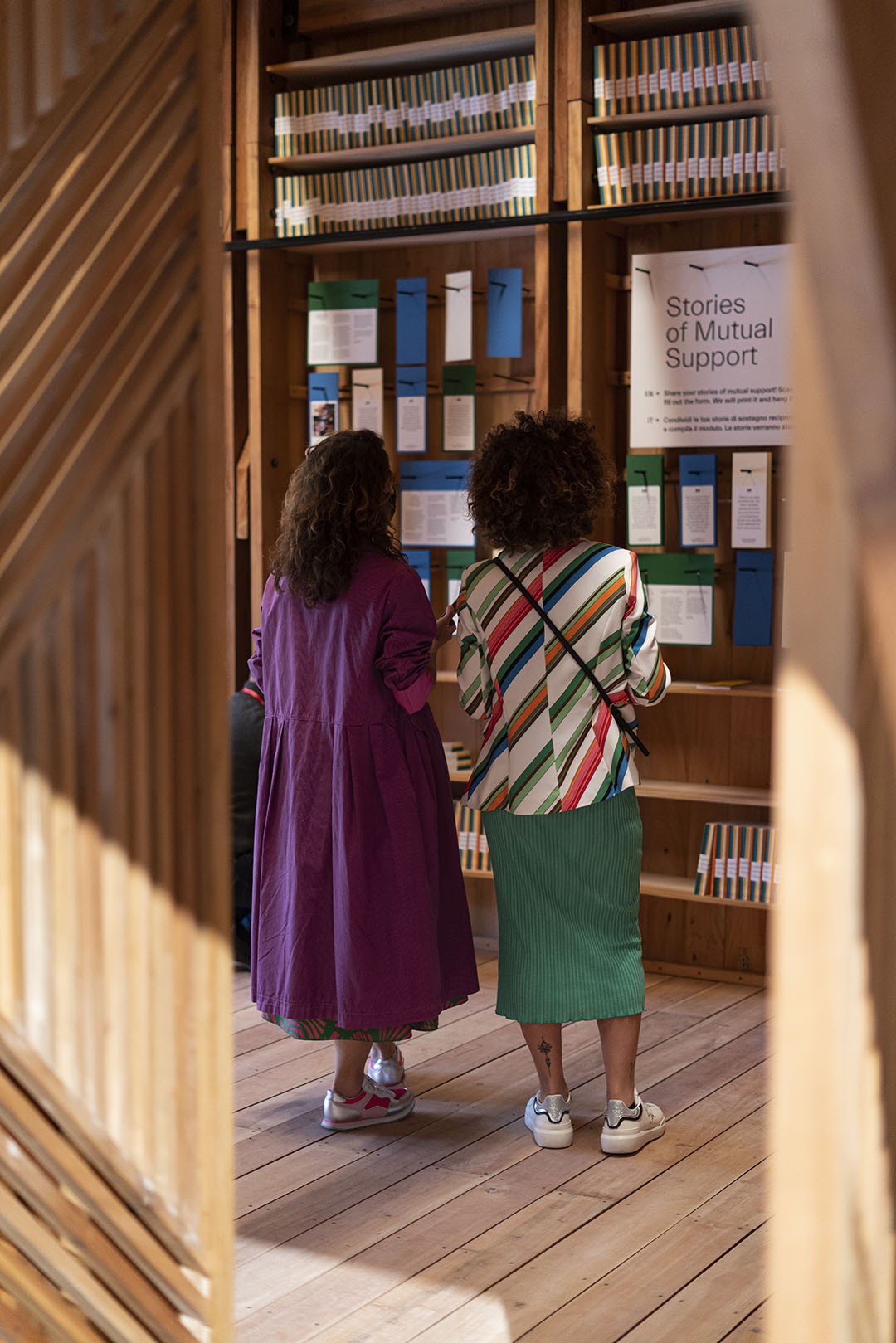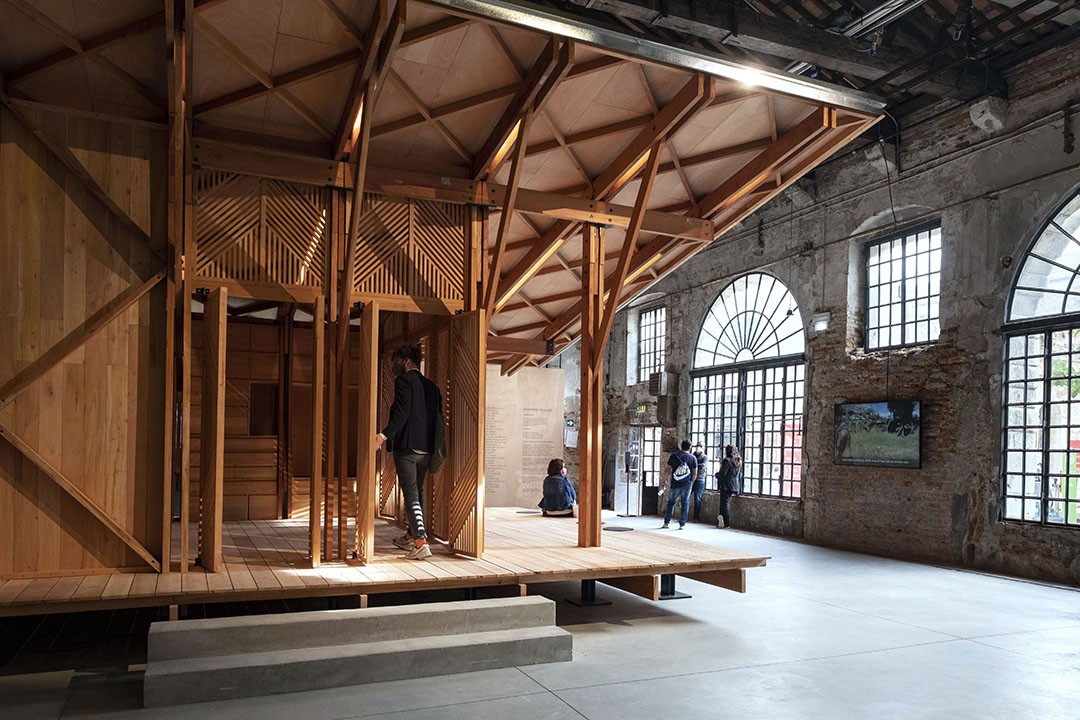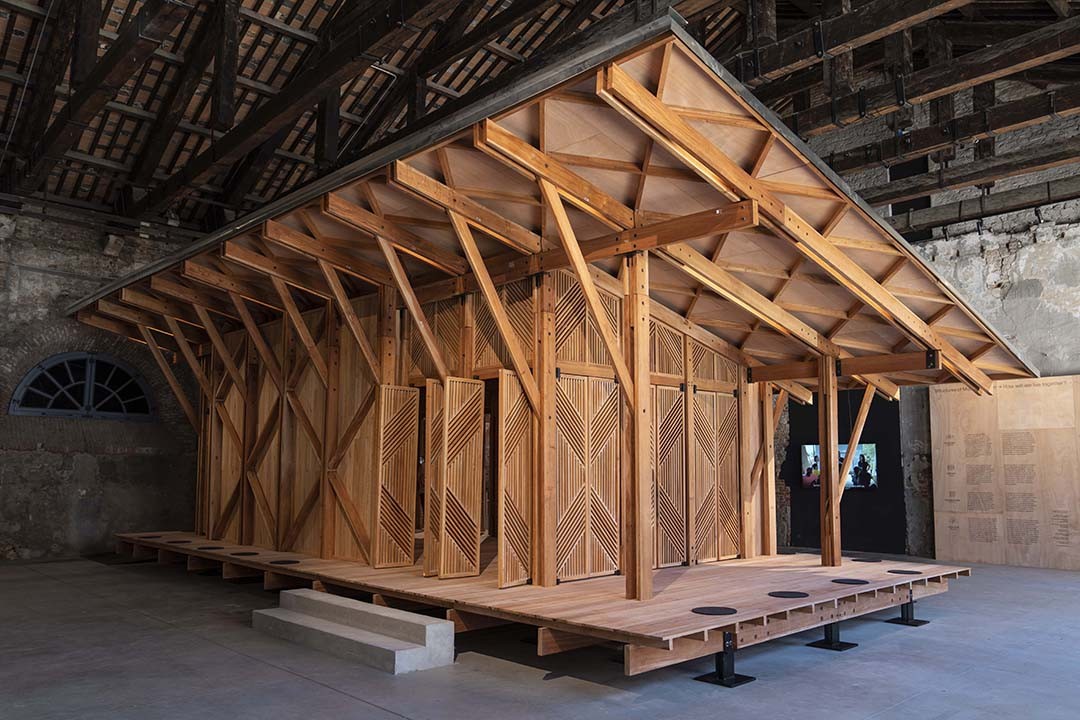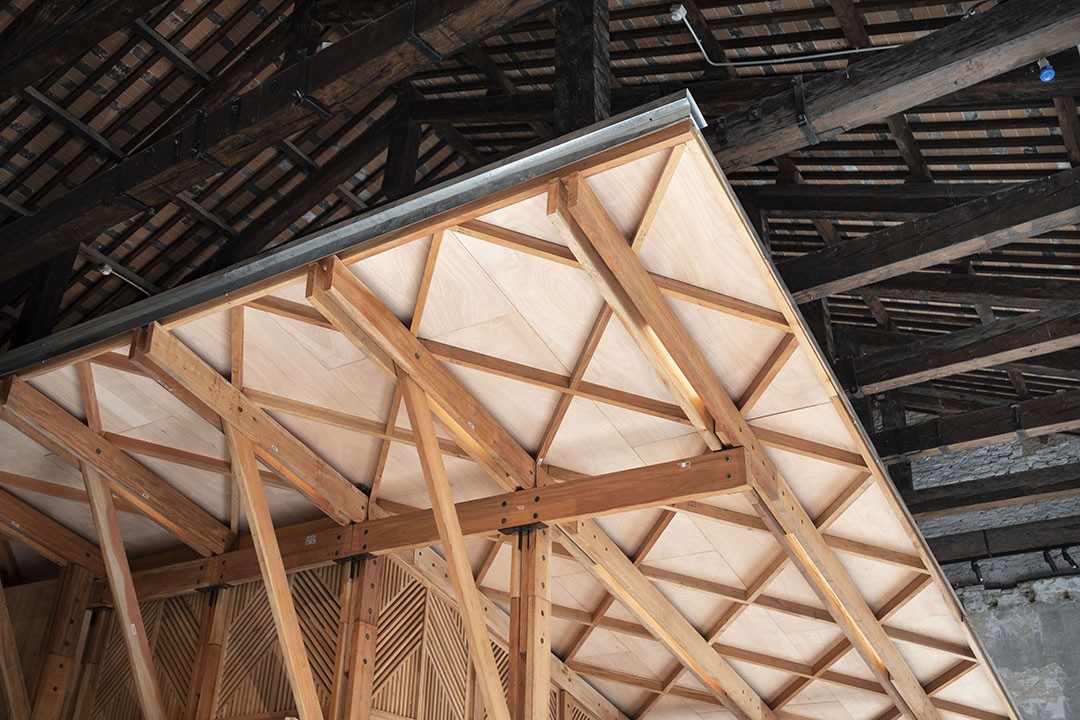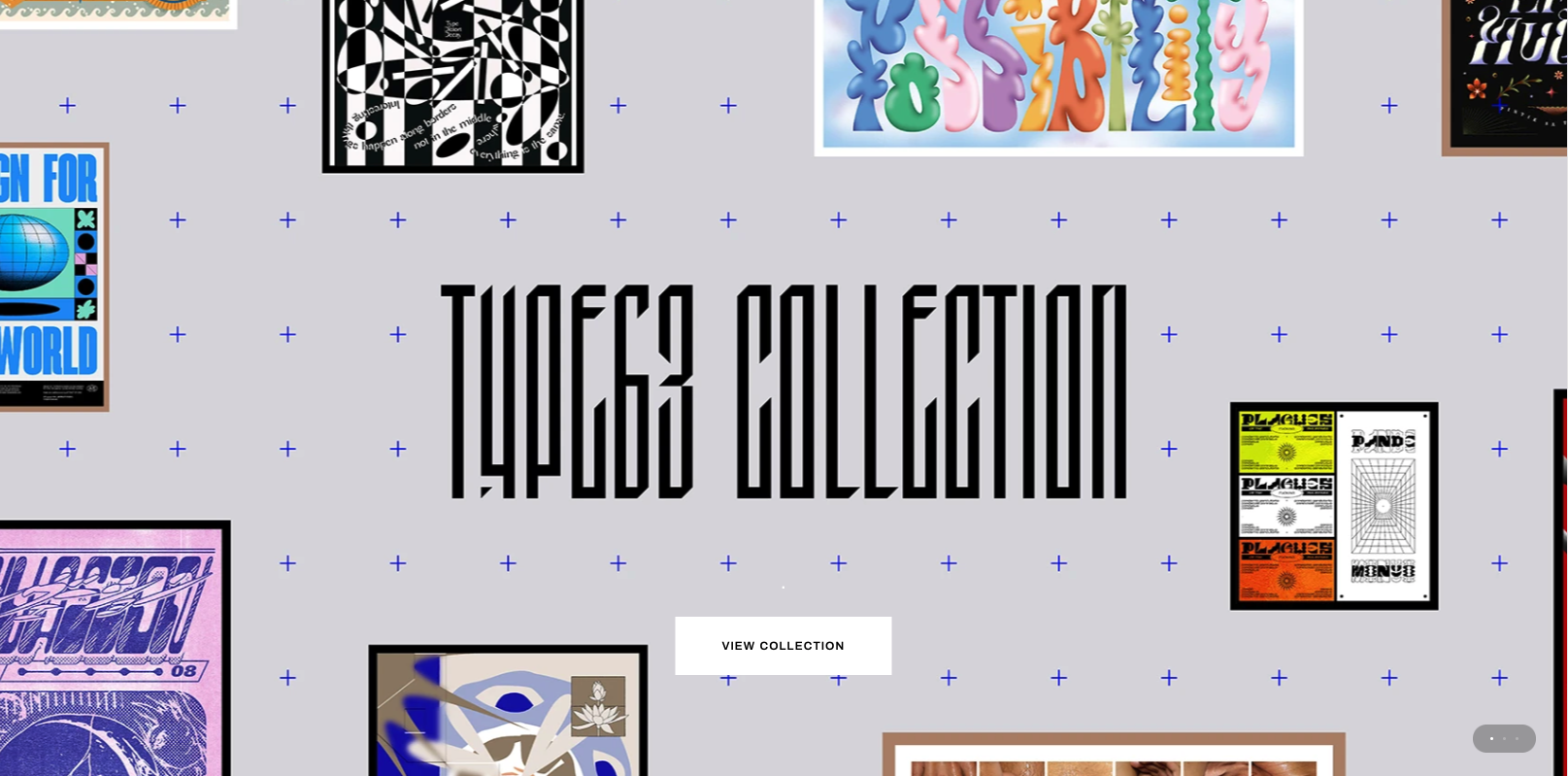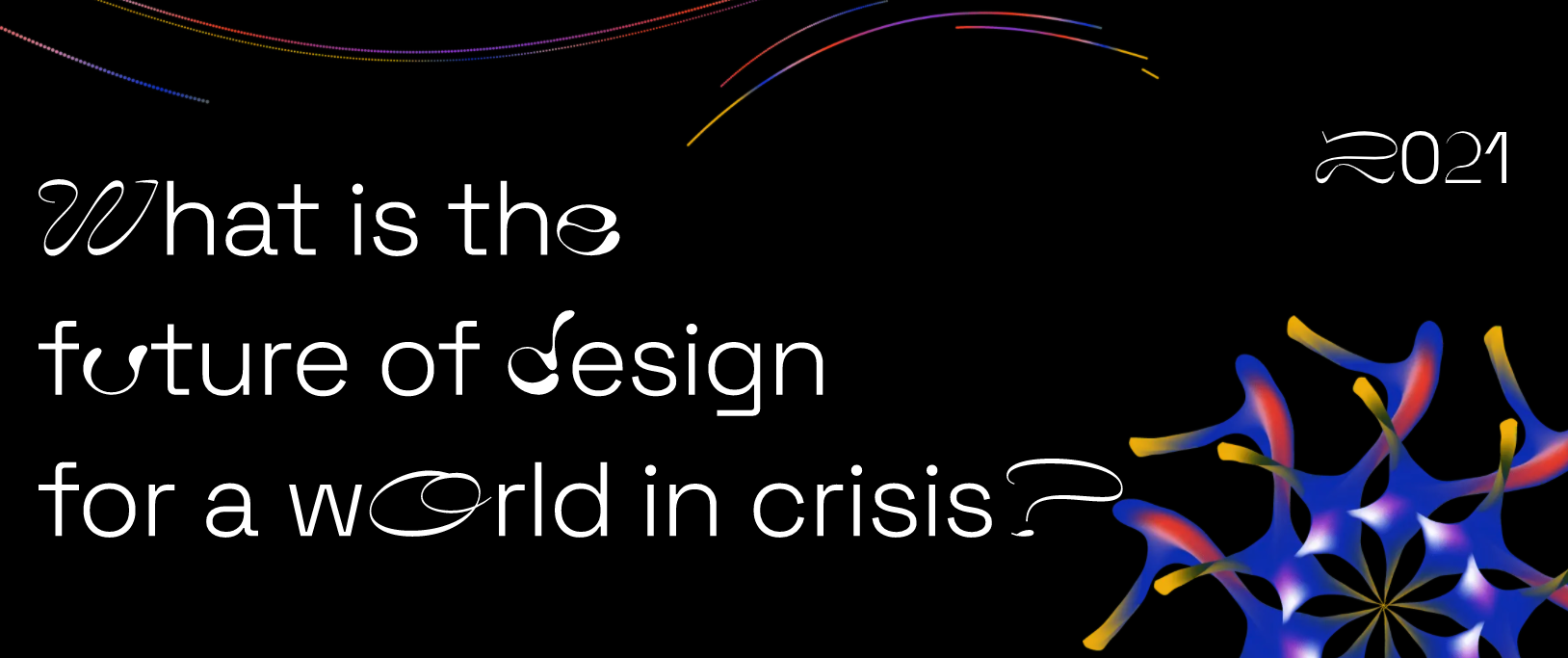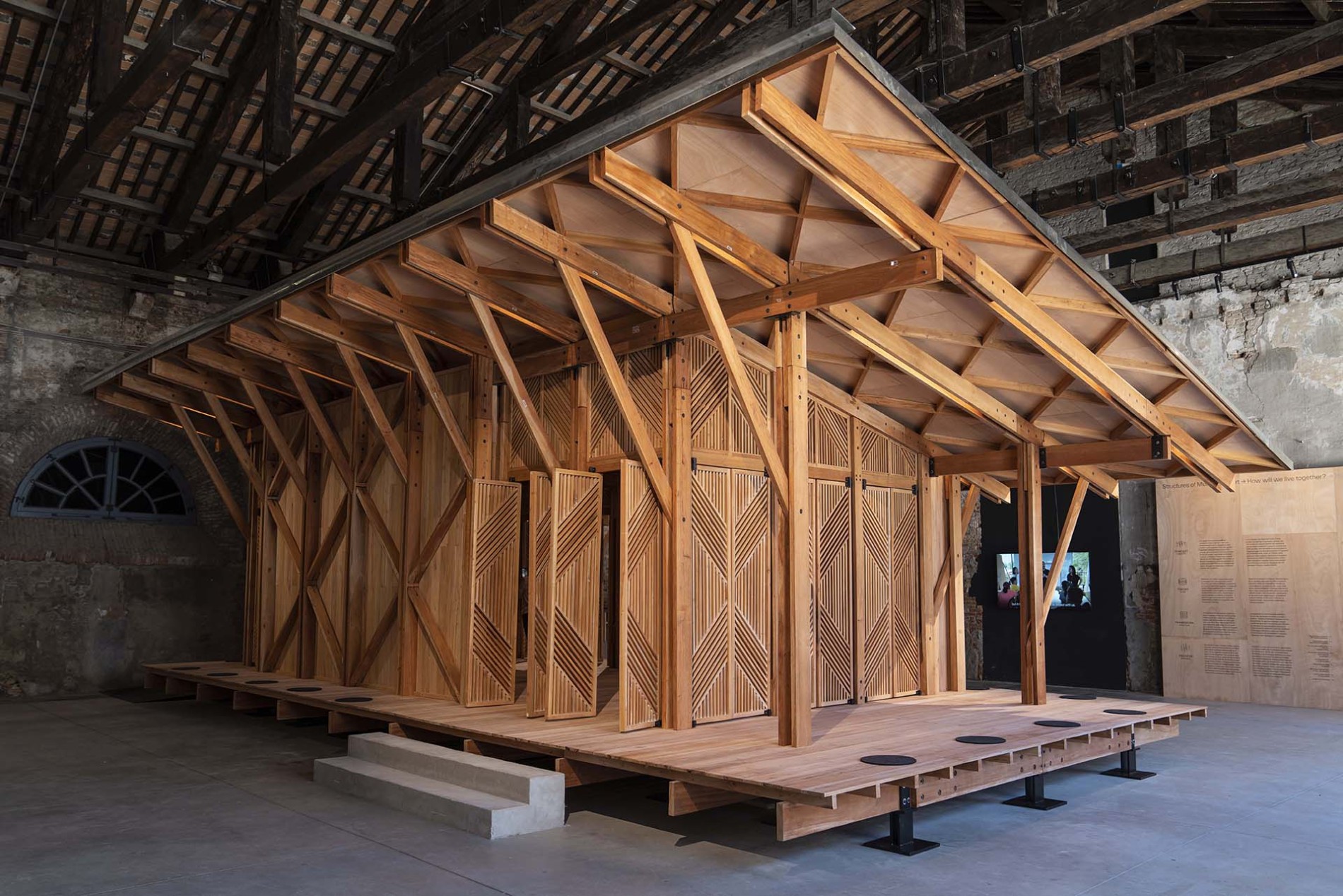
This Library was the Philippines' Award-Winning Entry to a Celebrated Architecture Exhibition
By Denise Fernandez
November 17, 2021
Bayanihan is an age-old Filipino concept that has revolved around communal unity—the act of coming together to achieve a collective goal. It is commonly associated with the imagery of a community moving a house from one location to another, painted on numerous works of local art. Bayanihan can be translated into many acts, from something as simple as a group of people pushing a car to start its engine, to raising funds online for communities amidst a global pandemic. Abroad, it has many names, such as Norway’s dugnad, Kenya’s harambee, Finland’s talkoot, and Brazil’s mutirao.
This was the central concept behind Structures of Mutual Support, the Philippines’ entry to 17th Venice Architecture Biennale. In creating the exhibition, curators and architects Sudar Khadka and Alexander Furunes give their answer to the question “How will we live together?” posed by the prestigious event’s theme of the year.
To make the project come to life, Khadka and Furunes collaborated with the community members of GK Enchanted Farm, situated in Bulacan, to put up the structure that was eventually dismantled and reassembled for the Philippine Pavilion in Venice, Italy.
“When we make buildings relating to mutual support, it’s really important to see it as a process. In order to create a process, we’re supposed to find a common language where we can communicate with each other,” says Khadka.
The components of the library were delivered to Venice in early 2020 and they stayed in storage until installation began in late March 2021. The assembly was done by Italian contractors using the elements fabricated from the village.
Part of that process was to address the people’s needs and create dialogue with the community, composed of farmers, carpenters, housewives, students, and other laborers. Khadka and Furunes helmed a 22-day workshop in Barangay Encanto in Angat, Bulacan, where they discussed bayanihan with the attendees, providing a platform to share what mattered to them most as a barangay, before translating it into the structure which most people wanted to build in the end—a library for the children.
Of course, every project has its share of hardship, and working with an entire community was not an easy feat. Communities consist of varying personalities, voices, and ideas. Each member, consulted through surveys and interviews, expressed how they had wanted the structures to look like. While listening to their ideas, Khadka and Furunes noticed the word maaliwalas recurring in their statements, which is a Filipino word encapsulating the idea of openness, comfort, brightness, and breeziness. The curators took it as the backbone of the library’s overall design.
Thanks to skilled workers of the community, the library was completed in January 2020 and, in true bayanihan fashion, transferred to Venice for the exhibition where it remained in the Philippine Pavilion.
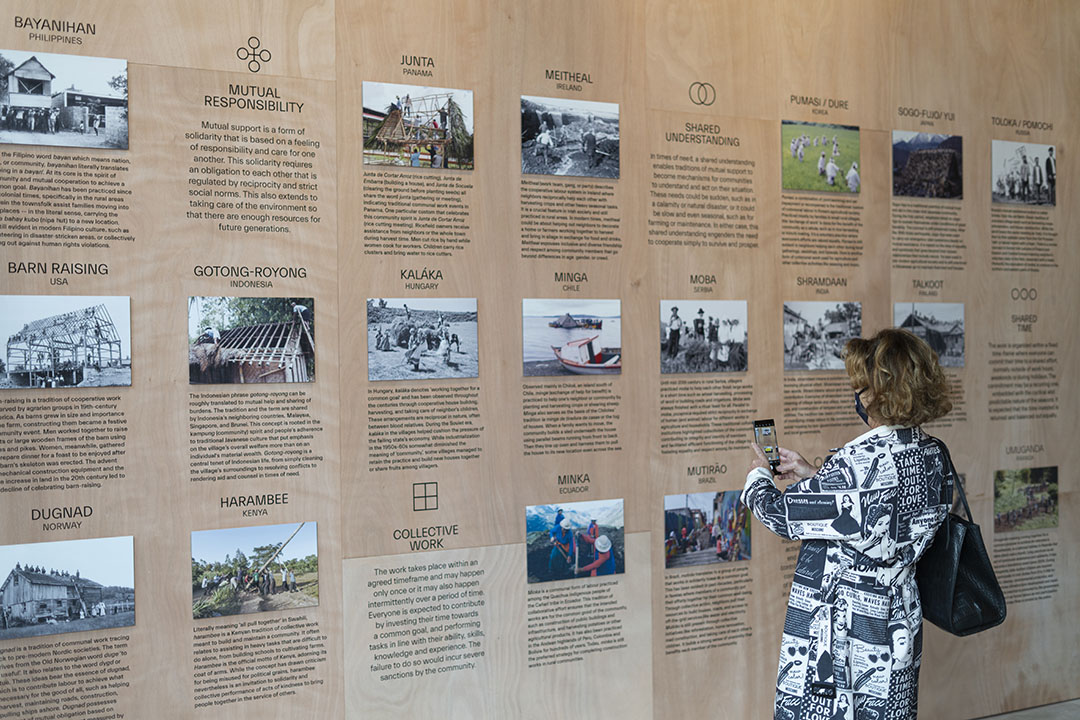
The four walls representing the concept, process, framework, and theory are distillations of the four folders of the exhibition catalog. They give insight into the making of the library and the context of mutual support.
Within the library’s light-filled interiors, visitors of the exhibit could read about various stories of mutual support from around the world while its outer walls explained the project’s concept, framework, and theory. In August 2021, the project was recognized with the Special Mention as National Participation honor — the first award given to the Philippines by the Venice Architecture Biennale. The exhibition has been running from May 2021 and will end on November 20, 2021. Only then will the library be shipped back to Bulacan and returned to the people it truly belongs with.
Khadka and Furunes weren’t strangers to working with communities. Prior to Structures of Mutual Support, they were the architects behind the award-winning Streetlight Tagpuro, a post-disaster rebuilding project in Tacloban after the province was struck by the super-typhoon Haiyan. Using the same knowledge-sharing process of how they worked with the GK Enchanted Farm community members, they managed to build two orphanages, a study center, a park, and an office with a vocational training center.
The interior of the library shows the shelves designed by the community as well as an exhibition about stories of mutual support. Displayed are the popsicle stick scale models the community made to deliberate on the final structural configuration. Within the operable shelves are some artifacts from the process of creating the library.
The library is installed in the middle of the Philippine Pavilion surrounded by four walls showing the concept, process, framework, and theory of the project. There are also three videos playing showing video documentation about the concept and process as well as videos from other collaborative projects the curators have worked on. Around the exterior, people can sit and watch the videos. A set of stairs and a ramp lead people inside the library where there is an exhibition of stories of mutual support.
“There is a certain type of knowledge embedded in mutual support. Rather than looking at architecture as outputs or physical objects, or products that we are reselling, it is much more of a process that develops over time,” Furunes mentions during an online Zoom webinar further discussing the project. “So when we make buildings or outputs, we need to look at the way we create that building, because that will definitely shape the way the structure will be used over time.”
In the dense and congested capital of Metro Manila, space is a luxury of sorts. These cold, new structures: huge malls, crowded commercial centers, and towering skyscrapers pop up around our cities left and right. Sociologist Dr. Nicole Curato muses that architecture, a field often equated to expertise, cannot solely rely on the competence of experts. “Experts don’t know what the people need,” she says. “This is why it’s important to bring in the voices of people who will actually use whatever structure architects create.”
The details of the project were designed and built with the community. The door hinges and steel plate inserts were cut and welded in a shop nearby. The patterns of the doors and windows were prototyped in a workshop process to capture the concept of maaliwalas.
Different groups of people want different things out of their shared spaces. Bikers are vocal about wider roads that they can properly share with vehicles. Women want their streets safer. The elderly would benefit from more hospitals accessible in various locations. Perhaps, finally looking at architecture through the lens of mutual support would inspire more of our leaders, architects, and urban planners to simply stop and listen to the people who actually occupy these spaces.
National Commission for Culture and the Arts (NCCA) chairman and Cultural Center of the Philippines (CCP) president Nick Lizaso thoughtfully writes in Structures of Mutual Support’s catalogue: “Imagine, if people were able to claim authorship of a space, perhaps this would allow them to be better stewards of the space, or forge closer relationships with their neighbors just as Filipinos, several hundred years ago, built their dwellings and bonded with their neighbors.”
He concludes: “When leaders truly listen to the needs and aspirations of the people, it increases the possibility of creating a more equitable society.”


